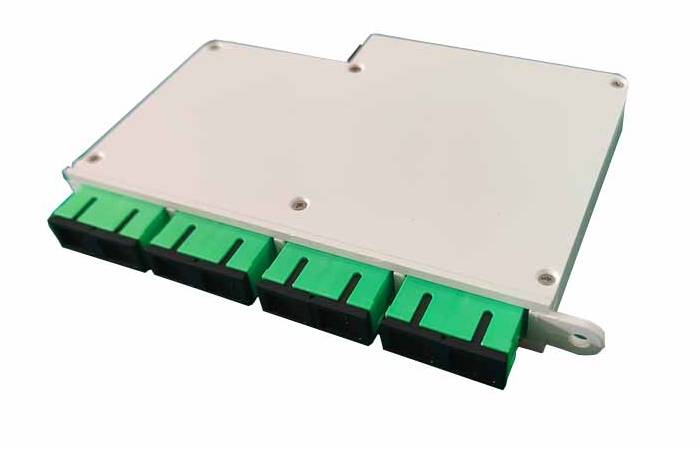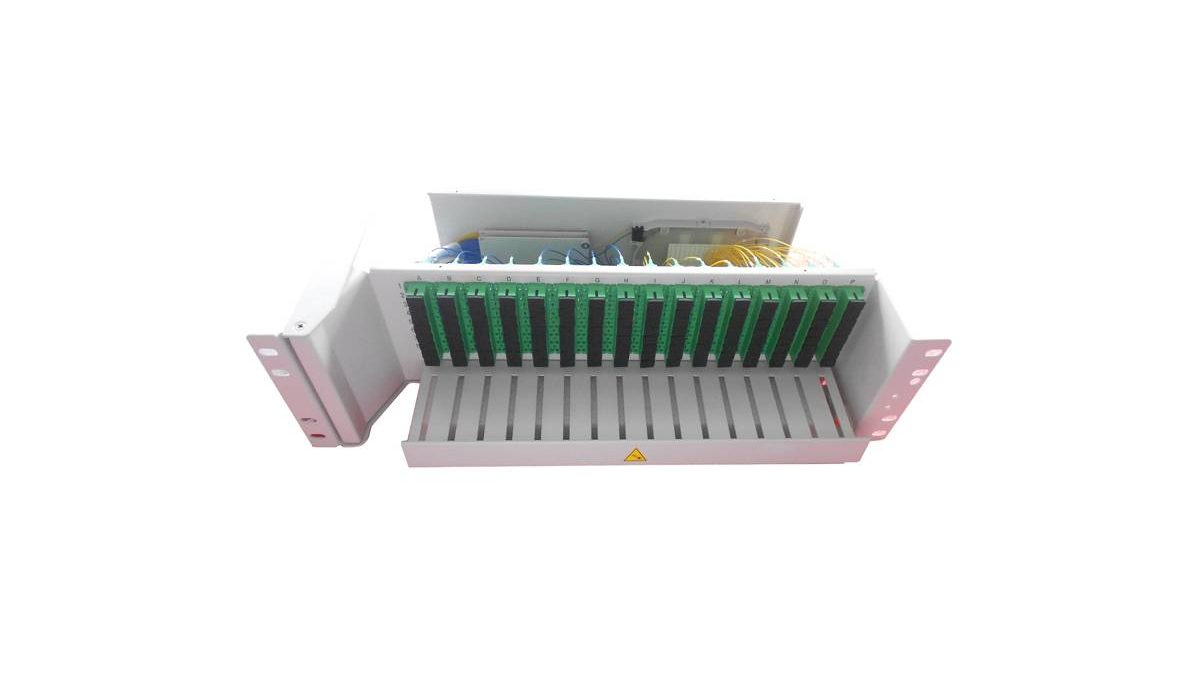Large amounts of cables may be kept organized with the use of a patch panel, allowing flexible connection into network hardware found in a data center or an access or wiring closet. The most popular kind of patch panel is utilized within a company’s LAN.
Patch panels come in different sizes and port densities. They can be mounted on a wall, rack, or desk. There are also various connector types available, such as RJ45, Fiber Optic LC, Fiber Optic SC, and USB.
How Do Patch Panels Work?
A patch panel consists of a back panel and a front plate fiber optic splitter also can be put into the patch panel. The back panel has a number of ports that the cables are plugged into. The front plate is where the cables are connected to the equipment.

The patch panel’s rear panel has keystone jacks into which the wires are inserted. The front plate has either plug-in connectors or punch-down blocks. Patch panels can be used with either Cat5e or Cat6 cable.
Conclusion:
Patch panels are a vital part of any network installation. They provide a central point for connecting multiple cables, which makes it easy to add or remove devices from the network. Patch panels come in different sizes and port densities, and they can be mounted on a wall, rack, or desk. There are also various connector types available, such as RJ45, Fiber Optic LC, Fiber Optic SC, and USB.

